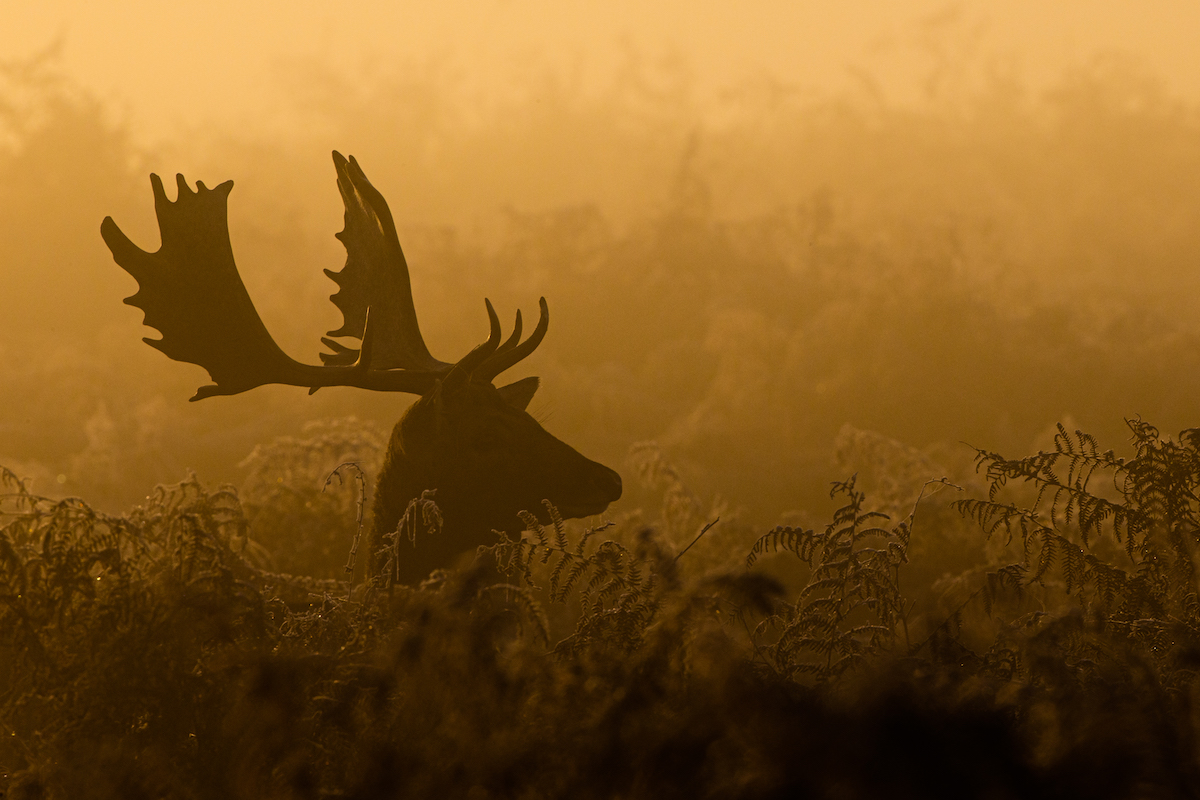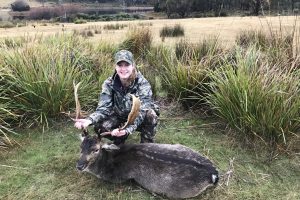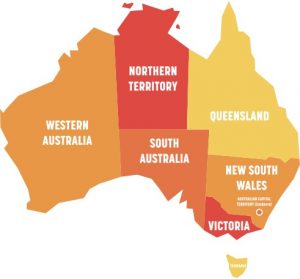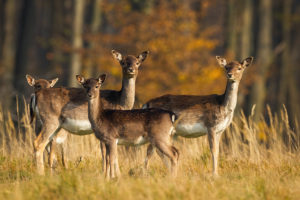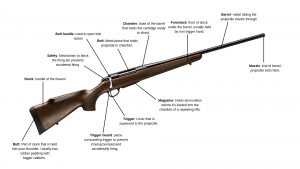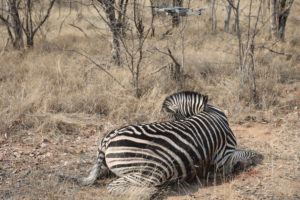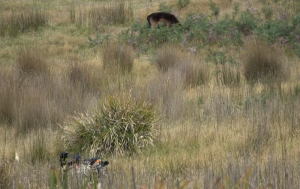This week, the Tasmanian government released their draft 5-year plan to manage wild fallow deer. The plan will set the strategic intent and direction for the management of wild fallow deer in Tasmania, and will guide decision making around hunting and conservation issues in the state. The Department of Primary Industries, Parks, Water and Environment (DPIPWE) have invited the public to have their say on the draft plan and they will use this feedback to refine the draft and deliver a final plan over the coming months. In this article, we take a closer look at what is included in the plan, and discuss what we think are the pros and the cons of what has been proposed.
Important note: we are only providing a high level summary of the draft plan, including our thoughts and opinions on it. You can read the full plan in its entirety HERE.
Overview
European fallow deer (dama dama) are the only species of deer in Tasmania, and were first introduced back in 1836 to provide a hunting resource. By the early 1970s, wild fallow deer were well established in what has now become known as the traditional deer range, which centres around Interlaken, Ross/Campbell Town and Deddington/Blessington areas of the northern midlands and central highlands.
However, since the 1970s, deer populations have continued to spread outside these traditional areas. Over the last few decades, satellite populations of fallow deer have been established in sensitive wilderness areas with high conservation values, as well as in several semi-rural and even peri-urban areas throughout the state.
There are several contributing factors to this continued spread: from the success of the Tasmanian Irrigation Scheme which has created plenty of delicious agricultural areas for deer to graze, to both deliberate and accidental releases from commercial deer farms, to natural population growth.
It is believed that deer have spread so successfully throughout Tasmania that they now occupy a range that encompasses around 27 percent of the state.
Goals of the plan
It is really easy to consider the management of wild deer in Tasmania as a hunting issue, but in all reality, there are many stakeholder groups who have a keen interest in how deer will be managed including those whose goals may not align with the goals of the hunting community.
DPIPWE need to find a balanced approach that takes into account the many different objectives of key stakeholder groups who may not agree at all with how deer should be managed in Tasmania. To achieve this balance, DPIPWE has broken down their goals into two key areas: social goals and deer population goals.
Social goals
- Improve options for farmers and land managers to control the impacts of wild deer.
- Continue to support responsible recreational deer hunting as a legitimate and valued activity in Tasmania.
- Reduce public safety risks from deer.
- Reduce the risks to the natural and cultural values of Tasmania’s conservation reserve estate and other public and private lands.
- Protect Tasmania’s biosecurity by reducing the risks of deer as a potential disease vector.
Deer population goals
- Avoid further potential spread of deer
- Reduce the abundance and geographic range of deer with a particular focus on areas outside the traditional range.
- Support property-led management of deer to provide for sustainable hunting in selected zones.
Management objectives and initiatives
As already stated, there are a number of key stakeholder groups who are affected by any management decisions for wild deer. DPIPWE have come up with four management objectives to help them govern all of the varying stakeholder needs. These include:
Objective 1 – effectively manage the impacts of wild fallow deer throughout the state
DPIPWE will establish three distinct management zones in Tasmania that will (hopefully) reflect the fact that deer may need to be managed differently in these zones. For example, deer management in sensitive wilderness areas may differ dramatically from deer management in traditional areas, or even in high-value agricultural zones.
DPIPWE have also proposed new deer farming regulations that will (again hopefully) minimise the risk of farmed deer escaping and becoming part of the breeding stock for wild deer herds.
Objective 2 – empower farmers, foresters and other land managers to work collaboratively with hunters to achieve tailored deer management objectives.
DPIPWE have proposed Property Based Wildlife Management Plans, which, together with a high touch regulation approach, will provide greater flexibility for deer to be taken outside of the season based on zones, sex and age.
Objective 3 – continue to provide evidence-based deer management
DPIPWE have always tried to use actual data to inform their management practices, rather than the less reliable method of anecdotal evidence. They will continue to monitor deer populations via annual take returns and population surveys, and refine deer and browsing animal management plans accordingly. They will also conduct research to better understand deer biosecurity issues.
Objective 4 – improve community involvement, education and awareness of deer management
DPIPWE will develop partnerships and collaborations with the community and local governments to reduce deer abundance in peri-urban and conservation areas. They will also work with hunting groups and other community groups to help improve compliance with deer hunting regulations. Their goal here is to educate the hunting community and hopefully stop (or at least reduce) anti-social and unsafe behaviours.
Providing feedback
It’s important to note that this is the first draft of the state government’s plan to manage wild fallow deer in Tasmania. DPIPWE encourages people to provide any feedback they may have on the goals or management objectives of the plan, which will be used to fine tune the final management plan.
Feedback must be provided by 5pm on Friday 3 December 2021. Please note that feedback will be considered public information and will be available for anyone to view on the DPIPWE website. If you want your submission to be treated as confidential, this must be declared at the time of submitting it.
There are several ways that you can provide feedback. These include:
Feedback can be sent to gamemanagementplan@dpipwe.tas.gov.au
Post
Feedback can be sent to:
Farmpoint, DPIPWE
PO Box 46
Kings Meadows TAS 7249
Phone
Feedback can be provided over the phone by calling Farmpoint on 1300 292 292.
In Person
You can provide feedback in person by making an appointment to see a DPIPWE officer, or by attending one of the community forums that will be held over the coming months. Call 1300 292 292 to make an appointment, or go to https://dpipwe.tas.gov.au/agriculture/game-services-tasmania/wild-fallow-deer-management-plan/
What is I Am Hunter?
I Am Hunter wants to change the way hunting is perceived and to change the conversation from a negative one driven by anti-hunters to a positive one led by hunters.
Our goal is to help hunters become positive role models and ambassadors for hunting, while simultaneously helping non-hunters understand why hunting is important.
You can become a supporter and help us achieve our goal and spread a positive message about hunting with the wider community.

